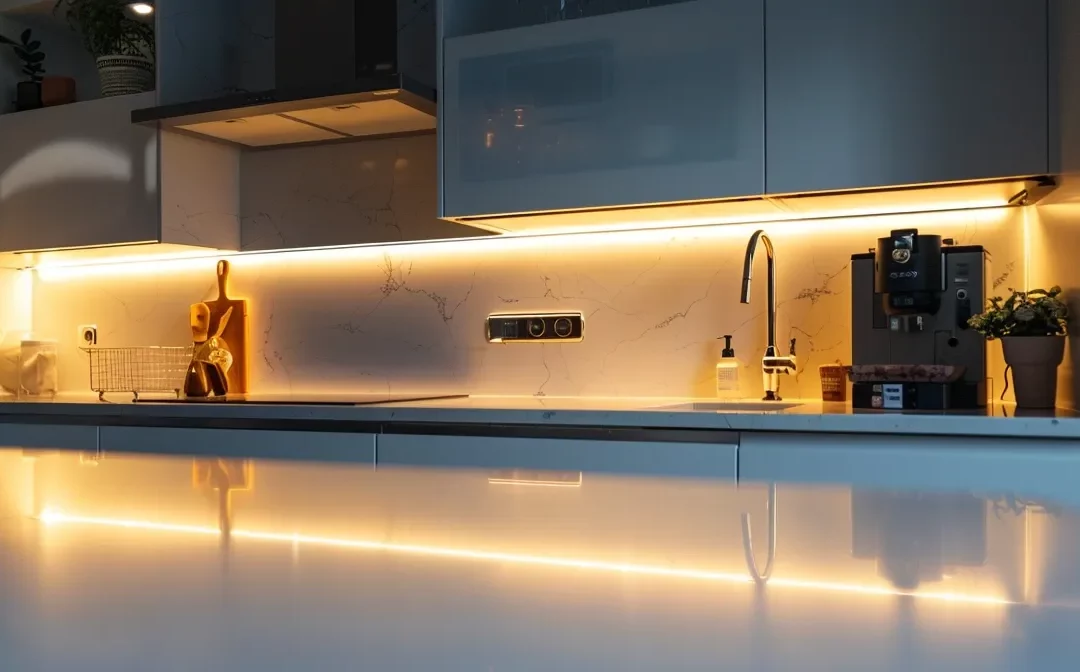Proven Maintenance Strategies for Your Newly Resurfaced Kitchen
Investing in kitchen renovations is a significant decision, and when you partner with a reliable service like Bathrooms & Kitchens Renovations, your new space will come with a robust warranty, backed by the Master Builders Association of Victoria. As you enjoy your beautifully resurfaced kitchen, it’s essential to implement proven maintenance strategies to keep it looking pristine. Addressing issues like stains promptly and understanding how to care for your surfaces will ensure your investment stands the test of time. Don’t let minor wear and tear diminish the appeal of your kitchen. Keep reading to discover effective maintenance strategies that will safeguard your newly renovated space and enhance its longevity!
The Basics: Don’t Wait Until They Are Showing Wear to Care
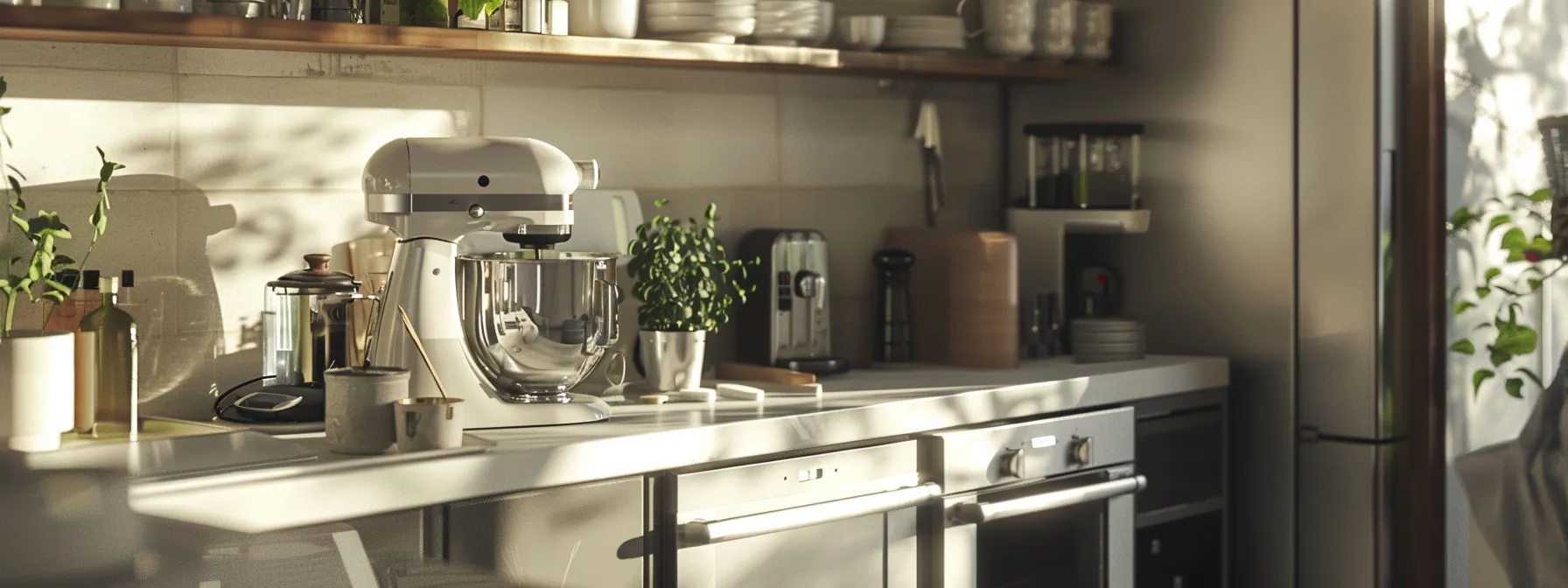
Maintaining your newly resurfaced kitchen is key to ensuring its longevity and beauty. I emphasize the importance of establishing a daily light cleaning routine to keep dust and dirt at bay, which can accumulate if left unattended. Using soft cloths, like wool, and gentle cleansers, such as vinegar, helps prevent scratches and damage to surfaces. I always recommend implementing spot cleaning immediately after spills occur; prompt action can prevent stains and further wear. Moreover, educating all household members on proper care practices ensures that everyone contributes to maintaining the kitchen’s pristine condition. Consistency in these simple strategies can save you from extensive repairs down the line.
Establish a Daily Light Cleaning Routine
To maintain the beauty of your newly resurfaced kitchen renovations, I recommend adopting a daily light cleaning routine that includes the use of a soft cloth and gentle cleansers. Avoid using aggressive tools like a scouring pad, which can damage finishes, especially when using petroleum-based products. Instead, focus on gently wiping surfaces, including drawers and countertops, to keep them looking sharp and prevent the need for more intensive cleaning later on.
Use Soft Cloths and Gentle Cleansers
When it comes to maintaining surfaces in your kitchen renovations, especially around the oven and cooktop, using soft cloths and gentle cleansers is vital. I find that products containing vinegar work exceptionally well without risking damage to wood veneer finishes or other materials. This approach not only keeps your kitchen sparkling clean but also preserves the integrity of the surfaces, ensuring they survive countless baking sessions.
- Use soft cloths to avoid scratches.
- Choose gentle cleansers that won’t harm finishes.
- Focus on high-use areas like the oven and cooktop.
- Keep wood veneer surfaces protected from harsh chemicals.
Implement Spot Cleaning Immediately After Spills Occur
When I see a spill in my resurfaced kitchen renovations, I make it a priority to address it instantly. For instance, if a drop of nail polish accidentally lands on the countertop, using a microfiber cloth designed for easy absorption can effectively lift it away before it has a chance to set. Similarly, crumbs from a loaf of bread can quickly be wiped up; I often finish this quick clean with a light layer of wax to help maintain the surface’s shine and protect against future stains Master Builders Association of Victoria.
Educate Household Members on Proper Care Practices
It’s vital that everyone in the household understands how to properly care for a resurfaced kitchen. I make it a point to share specific techniques, such as using gentle mineral-based cleaners instead of harsh chemicals, especially on delicate surfaces like wood stains. Whether it’s wiping down stainless steel appliances after making a batch of french toast or quickly addressing dirt before it sets, these practices keep our kitchen looking its best and prolong its life.
Deep Cleaning: Periodic Interventions
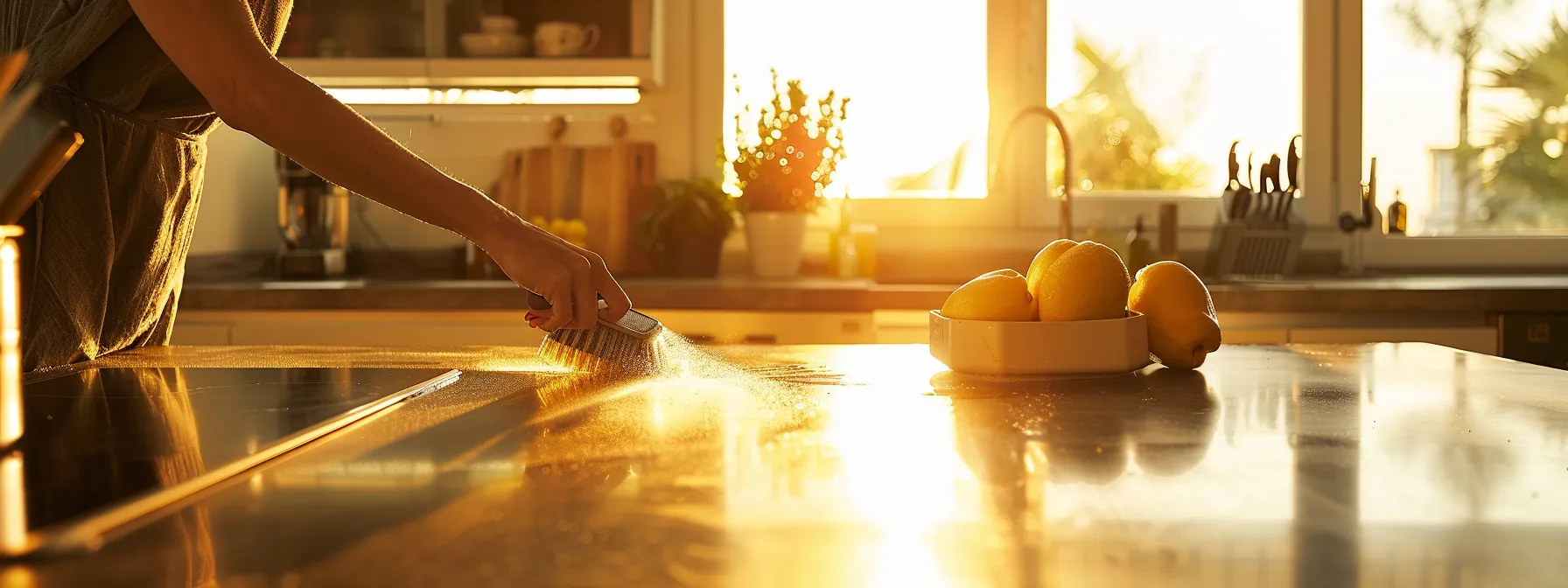
To ensure the lasting beauty and functionality of your resurfaced kitchen, I prioritize scheduling regular in-depth cleaning sessions. This routine allows me to tackle built-up grime and stains that daily maintenance might miss. I carefully choose the right products—avoiding any abrasive cleaners that could risk damage to cabinetry surfaces. Focusing on high-traffic areas, especially around appliances and sinks, is crucial as these spots often accumulate spills and residue. For tough stains that refuse to budge, I don’t hesitate to consider professional cleaning services; their expertise can be invaluable. When tackling these deeper challenges, I make sure to have tools like brushes on hand for effective scrubbing and ensure I communicate with family members by sharing my email address for any questions they may have about our cleaning practices.
Schedule Regular in-Depth Cleaning Sessions
In my experience, scheduling regular in-depth cleaning sessions is essential for maintaining the aesthetic appeal and functionality of a resurfaced kitchen. I find that creating a cleaning mixture of warm water and a gentle cleanser works wonders for removing stubborn stains, such as those that may result from cooking sweet potato dishes. Using a paper towel to wipe surfaces, especially in areas where grain spills can occur, ensures that my kitchen remains not only visually striking in line with my interior design choices but also hygienic for my family.
Choose the Right Products for Deep Cleaning Without Damage
Choosing the right products for deep cleaning is crucial to preserve the beauty of my newly resurfaced kitchen after a renovation. I often opt for a gentle dishwashing liquid mixed with warm water as it effectively tackles grease without damaging surfaces. For cleaning around the sink, I make sure to select a mild detergent that breaks down oil and stains while being safe for the various materials present in my kitchen.
Pay Attention to Areas Around Appliances and Sinks
Areas around appliances and sinks can quickly become collectors of grime if not addressed regularly. I use a soft sponge to carefully clean these high-use spots, ensuring I reach under the stove and behind the cutting board where food particles often hide. For stainless steel surfaces, a gentle polish not only cleans but also maintains the protective polyurethane finish, helping to resist future stains.
- Use a soft sponge for cleaning around appliances and sinks.
- Focus on high-traffic areas like the stove to prevent grime buildup.
- Apply gentle polish to stainless steel to maintain its finish.
- Ensure cleanliness around the cutting board to avoid contamination.
Consider Professional Cleaning for Tough Stains
When faced with tough stains that just won’t budge, I see the benefit of seeking professional cleaning assistance. The experts possess the right tools and knowledge to tackle challenging spots without the risk of damaging my newly resurfaced surfaces, such as using steel wool that could scratch my tile or disturb the varnish on cabinetry. By opting for professional services, I ensure that my kitchen maintains its integrity and continues to shine.
- Assess tough stains that need special attention.
- Consider professional cleaning for effective treatment.
- Avoid using harsh tools like steel wool that may damage surfaces.
- Preserve the appearance of tiles and varnished surfaces.
Avoid Products That Are Intended for Wood Care
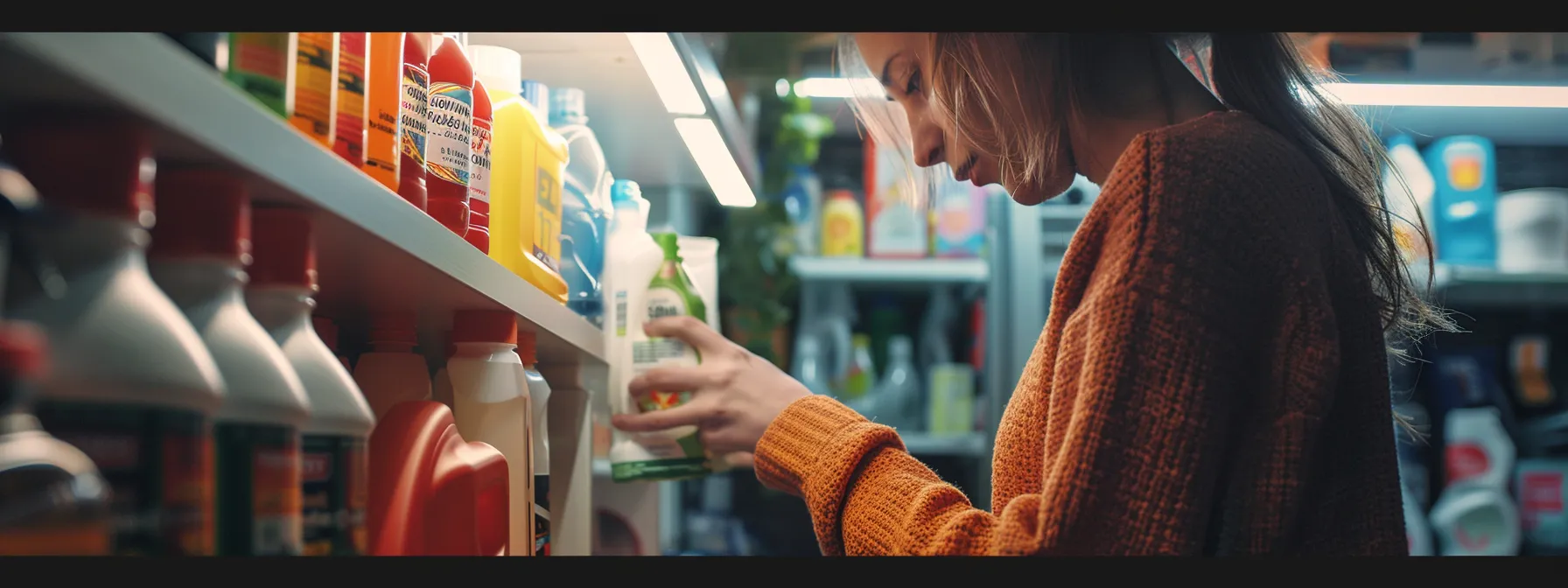
Understanding the limitations of wood-specific products is vital for maintaining the integrity of your resurfaced kitchen. These products often contain acids or abrasive ingredients that can strip protective coats and damage surfaces not designed for wood care. I prioritize identifying safe alternatives that are compatible with the materials in my kitchen. It’s also important to learn how to read labels effectively; I pay close attention to ingredients that may harm my surfaces, avoiding anything that suggests excessive abrasiveness, like sandpaper, or harsh chemicals that could cause irreversible damage. Adopting these practices ensures my kitchen remains a beautiful and functional space for years to come.
Understand Why Wood-Specific Products Aren’t Suitable
Using wood-specific products in my resurfaced kitchen can lead to significant problems. These products often contain harsh acids or abrasives that may strip protective coatings on surfaces not designed for wood care. I find it more effective to utilize dish soap and a soft towel, ensuring that I maintain my kitchen’s beauty without risking damage.
It’s essential to prioritize compatible cleaning solutions; understanding what not to use helps preserve my surfaces over time. I keep an eye out for common materials and frequently refer to a FAQ section when I’m uncertain about a product’s suitability for my kitchen. Avoiding wood care products is a simple yet crucial step in preserving the integrity of my space:
- Harsh ingredients can strip protective coatings.
- Wood-specific soaps may cause surface damage.
- Soft towels and dish soap are safer alternatives.
- Consult FAQs for guidance on proper care.
Identify Safe Alternatives for Your Resurfaced Kitchen Surfaces
When selecting cleaning products for my resurfaced kitchen, I always opt for alternatives specifically designed for the materials I have. I find that gentle dish soap mixed with warm water works wonders for cleaning many surfaces without causing harm. Additionally, I look for pH-balanced cleaners that are safe for non-wood surfaces, ensuring my kitchen retains its beauty without any risk of damage.
Learn to Read Labels to Avoid Harmful Ingredients
Reading labels is fundamental for me to ensure that the cleaning products I choose are suitable for my resurfaced kitchen. I pay particular attention to avoid any harmful ingredients, such as acids or abrasives, that could damage my surfaces. By familiarizing myself with common hazardous components, I can confidently select safe alternatives that protect the integrity of my kitchen.
Preventative Measures: Guarding Against Wear and Tear
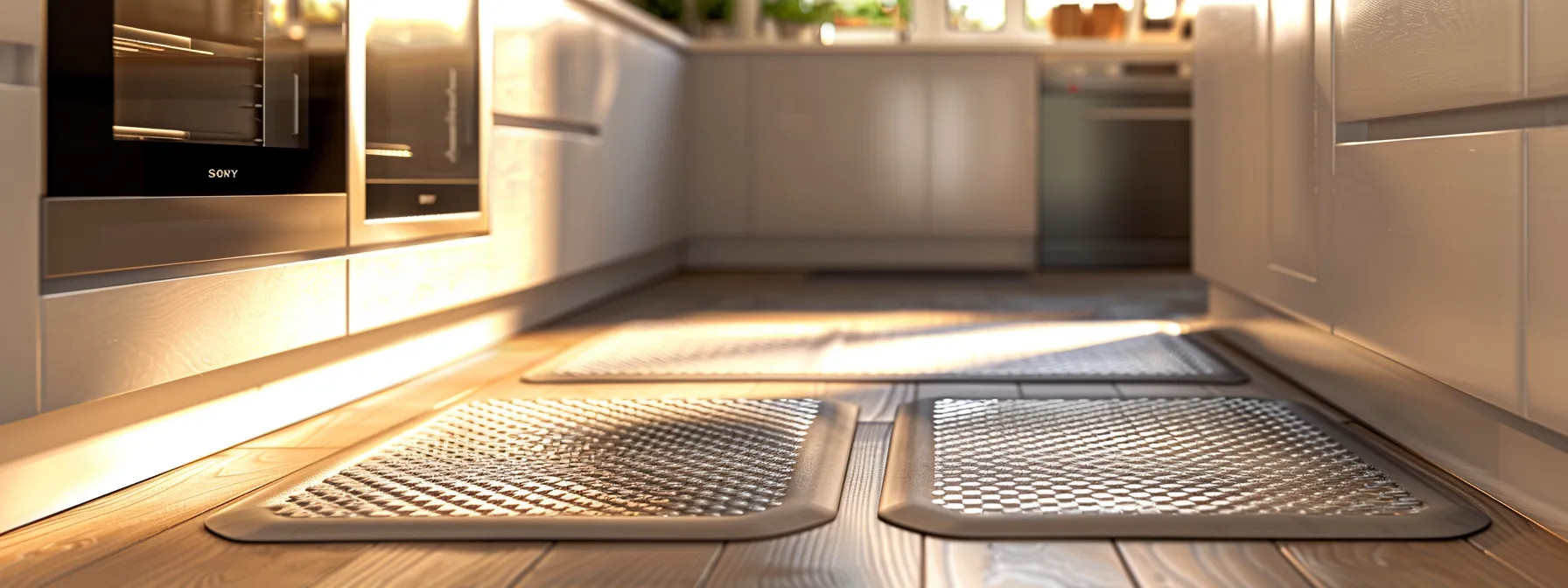
To further safeguard the longevity of my newly resurfaced kitchen, I implement several preventative measures that significantly reduce wear and tear. I always use protective mats and trivets under hot items to prevent heat damage to surfaces. Additionally, installing cabinet door buffers helps to mitigate impact damage and keep the cabinetry in optimal condition. It’s equally important to keep sharp objects away from resurfaced countertops, as this minimizes the risk of scratches. Lastly, I carefully select cleaning tools that won’t scratch or scuff surfaces, ensuring that my kitchen remains both functional and visually appealing. Each of these strategies plays a crucial role in preserving the beauty and integrity of my kitchen, allowing me to enjoy it for many years to come.
Use Protective Mats and Trivets Under Hot Items
In my resurfaced kitchen, I prioritize using protective mats and trivets for all hot items. This simple practice prevents potential damage, such as warping or discoloration, to the surfaces below. By keeping these protective barriers in place, I not only maintain the aesthetic appeal of my kitchen but also extend the life of my countertops, ensuring they remain beautiful and functional for years to come.
Install Cabinet Door Buffers to Prevent Impact Damage
Installing cabinet door buffers has been a game changer for protecting my cabinetry from impact damage. These simple yet effective buffers absorb the shock when doors close, reducing the likelihood of dents and scratches that can detract from my kitchen’s appearance. By taking this proactive step, I ensure that my investment remains not only functional but also aesthetically pleasing for years to come.
Keep Sharp Objects Away From Resurfaced Countertops
In my experience, it’s vital to keep sharp objects away from resurfaced countertops. I ensure that knives and other cutting tools are used on designated cutting boards, which helps prevent any unintentional scratches or chips on the surface. By being mindful of how I handle these tools, I maintain the integrity and appearance of my countertops for years to come:
- Utilize cutting boards for knife work.
- Store sharp tools in a dedicated area.
- Educate family members on proper usage.
Choose Cleaning Tools That Won’t Scratch or Scuff Surfaces
When selecting cleaning tools for my resurfaced kitchen, I focus on options that protect surfaces from scratches and scuffs. I prefer microfiber cloths and gentle sponges, which effectively lift dirt without leaving marks. By consciously choosing the right tools, I ensure my kitchen remains not only clean but also visually appealing over time.
Inspect Cabinets Regularly to Stay Ahead of Potential Damage
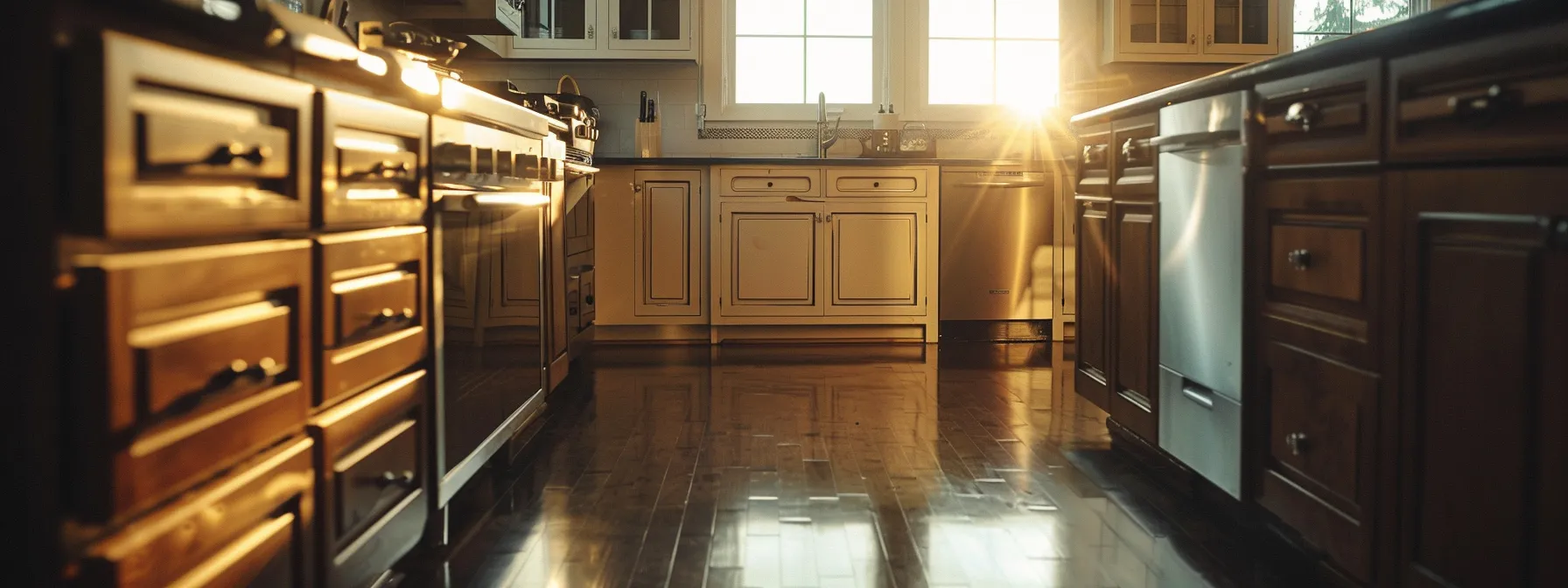
Regularly inspecting cabinets is an essential practice for maintaining the overall health and appearance of my resurfaced kitchen. I find that creating a checklist for key inspection points helps ensure I don’t overlook anything important. By addressing minor damage promptly, I can prevent issues from escalating and needing extensive repairs later. It’s also wise to know when to call in professionals for repairs; their expertise can save me time and effort. Tracking changes over time allows me to anticipate future maintenance needs, ensuring my kitchen continues to look pristine and functions efficiently.
Create a Checklist for Regular Inspection Points
To ensure my resurfaced kitchen remains in pristine condition, I create a detailed checklist that highlights the key inspection points throughout the cabinets. This checklist includes looking for any signs of warping, checking hinges for proper alignment, and assessing the integrity of the finishing touches. By systematically reviewing these elements, I can quickly address any issues before they escalate and affect the overall functionality and aesthetics of my kitchen.
Address Minor Damage Before It Becomes Extensive
Being proactive about minor damage in my resurfaced kitchen has proven invaluable. I make it a habit to regularly examine areas, like door edges and drawer fronts, for any signs of wear or defects. Addressing these small issues promptly prevents them from escalating into major repairs that could disrupt my kitchen’s functionality and aesthetics.
I focus on specific inspection points, including:
- Checking for warping or misalignment in cabinet doors.
- Inspecting hinges for signs of wear and tear.
- Assessing the finish on surfaces for chipping or peeling.
Know When to Call in Professionals for Repairs
Recognizing when to call in professionals has been crucial for me in maintaining my resurfaced kitchen. I pay attention to signs of damage, like unusual creaks or persistent misalignment in cabinet doors, which indicate that a professional’s expertise is needed. Their knowledge and skills not only save me from potential headaches but also ensure that repairs are done correctly, preserving the beauty and functionality of my kitchen.
Track Changes Over Time to Predict Future Maintenance Needs
As I monitor changes in my kitchen cabinets over time, I can better anticipate future maintenance needs. By documenting observations, I engage in proactive upkeep that helps preserve my kitchen’s appearance and functionality. This practice not only minimizes unexpected repairs but also enhances my understanding of when certain materials may require special attention:
- Regularly note any signs of wear and tear.
- Keep track of seasonal changes that may affect materials.
- Assess which areas of my kitchen require more frequent attention.
Conclusion
Implementing proven maintenance strategies for your newly resurfaced kitchen ensures it remains beautiful and functional for years to come. A consistent light cleaning routine, immediate spot cleaning, and using the right products prevent damage and preserve the integrity of surfaces. Regular inspections help identify and address minor issues before they escalate, while preventative measures protect against wear and tear. These practices not only enhance the kitchen’s appearance but also contribute to a safer and more enjoyable cooking environment.
